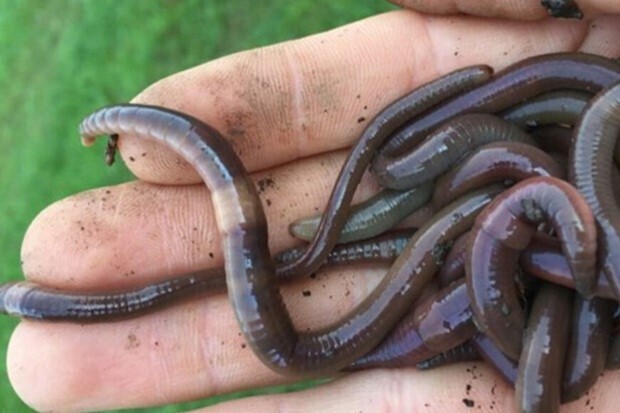
All of our products begin as compost, and to meet approval for organic application, our compost piles must reach temperatures over 131 degrees for at least 15 consecutive days. We are usually temping over this benchmark for 2 weeks or more. Jumping worm cocoons have been shown to die if heated to over 104 degrees for about 3 days, so we feel confident that our compost is jumping worm free at this stage.
Our maturing piles are managed on decks made with crushed limestone, which, after compaction, forms an exclusionary stratum. Snakeworm species are considered to be epi-endogeic, which means that, while they do feed in organic soil horizons, they will also burrow (unlike true epigeic worms such as Eisenia fetida) when ambient temperatures are outside of their preferred range, or when precipitation falls heavily.
Because our decks are capped with a limestone layer, snakeworms are unable to inhabit this environment.
Once our compost is turned into potting soil, we use additional methods to prevent jumping worms. Incoming materials on our site are kept separate from finished soil and compost, and these latter final products are managed on concrete walls, rather than against soil embankments.
We also trial each batch of potting soil and look for any irregularities that might be present, including the presence of worms, eggs, etc.
Read more about jumping worms at Vermont Public
